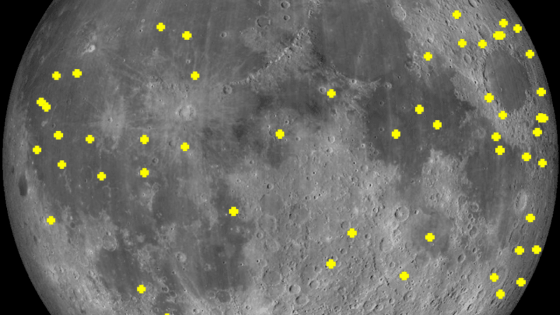The Permian–Triassic mass extinction, known as the Great Dying, occurred 252 million years ago, wiping out nearly 94% of marine species and 70% of terrestrial vertebrate families. This catastrophic event reshaped life on Earth and serves as a critical point of study for understanding climate change. A recent study published on 2025-07-02 14:04:00 sheds light on why the planet remained in a hothouse state for millions of years after this extinction.
- Permian–Triassic extinction occurred 252 million years ago.
- Up to 94% marine species vanished.
- Siberian Traps eruption triggered climate change.
- Tropical forests significantly declined post-eruption.
- Carbon cycle disruption prolonged warming conditions.
- Loss of biomes risks future climate stability.
Researchers found that the decline of tropical forests, which acted as vital carbon sinks, locked Earth into prolonged extreme temperatures. This discovery emphasizes the importance of plant biomes in maintaining climate stability and raises questions about our current environmental trajectory.
This research prompts US to consider how resilient ecosystems can be affected by rapid climate changes. Could our current environmental shifts lead to similar catastrophic outcomes? The findings suggest that:
- Rapid warming can outpace evolutionary adaptation.
- Loss of biodiversity exacerbates climate instability.
- Plant biomes are crucial for carbon cycling.
- Historical events inform our understanding of present-day climate challenges.
As we advance our understanding of past extinction events, we must prioritize the preservation of our planet’s biodiversity to mitigate future climate crises.

































